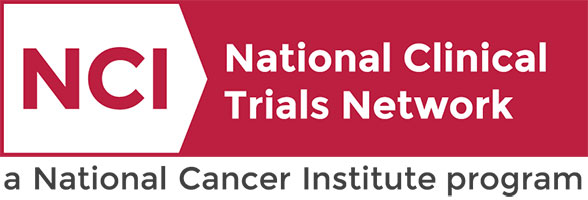Clinical Trials Search at Vanderbilt-Ingram Cancer Center
Ocular Tumor Tissue Acquisition to Study Biologic Correlates of Disease
Multiple Cancer Types
Pediatrics,
Retinoblastoma (Pediatrics)
N/A
Daniels, Anthony
VICCPED16115
Using Biomarkers and Imaging in Fungal Regions to Improve Lung Cancer Diagnosis
Lung
Lung
Lung
N/A
Grogan, Eric
VICCTHO1764
Chemotherapy Levels in the Blood of Patients with Retinoblastoma
Retinoblastoma (Pediatrics)
Retinoblastoma (Pediatrics)
Retinoblastoma (Pediatrics)
N/A
Daniels, Anthony
VICCREACH1792
Chemotherapy Levels in the Eyes of Patients with Retinoblastoma
Retinoblastoma (Pediatrics)
Retinoblastoma (Pediatrics)
Retinoblastoma (Pediatrics)
N/A
Daniels, Anthony
VICCREACH17106
Developing Evidence-Based Criteria for Initiating Treatment for Neurofibromatosis Type 1 Associated Optic Pathway Glioma
Multiple Cancer Types
Neuro-Oncology,
Pediatrics
N/A
Esbenshade, Adam
VICCPED17108
Optimization of Therapy Using Immune Effector Cells
Hematologic
Hematologic
Hematologic
N/A
Oluwole, Olalekan
VICCCTT1834
Integrating Comprehensive Precision Tobacco Treatment for Patients with Cancer
Miscellaneous
Miscellaneous
Miscellaneous
N/A
Tindle, Hilary
VICCTHO1886
Nashville Biosciences Blood Sample Collection Study
Multiple Cancer Types
Colon,
Liver,
Lung,
Non Small Cell,
Ovarian,
Pancreatic,
Rectal
N/A
Bernard, Gordon
VICCMD18123
Cancer Patient Safety Learning Laboratory (CaPSLL): Preventing Clinical Deterioration in Outpatients
Multiple Cancer Types
Head/Neck,
Lung
N/A
Weinger, Matthew
VICCMD1998



